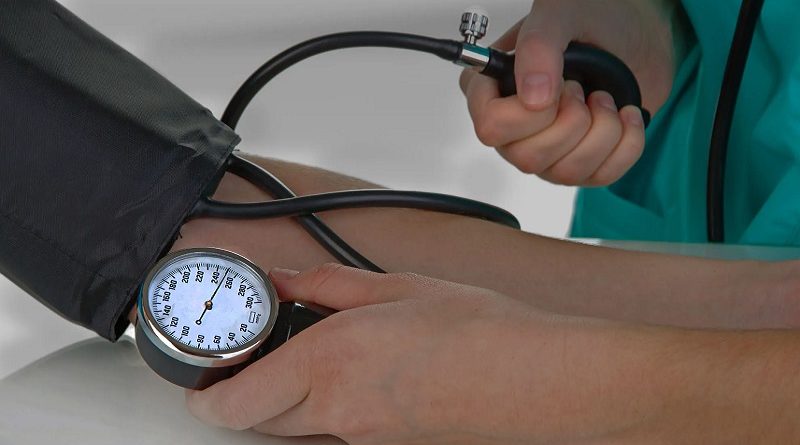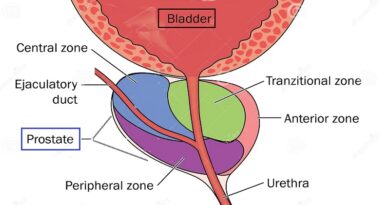Hypertension and Hypotension: Normal Range
Hypertension and Hypotension are 2 medical terms describing blood pressure and are commonly used in our daily life. High blood pressure, known as hypertension, and low blood pressure. known as hypotension, are two different conditions that affect the blood flow in the body.
Blood pressure is the force of blood against the walls of the arteries as it circulates throughout the body. High blood pressure (hypertension) occurs when this force is consistently too high, which can cause damage to the arteries over time. Low blood pressure (hypotension) occurs when the force is consistently too low, which can cause inadequate blood flow to the body’s organs and tissues.
The normal range for blood pressure is typically around 120/80 mmHg, with the top number (systolic) measuring the force during a heartbeat and the bottom number (diastolic) measuring the force between heartbeats. Blood pressure can, normally, vary throughout the day and can be affected by stress, physical activity, and medications.
Hypertension
High blood pressure can increase the risk of some health problems, including heart attack, stroke, and kidney disease. It occurs when the pressure exceeds the normal range (120/80 mmHg). It is often treated with lifestyle changes such as exercise and dietary changes, as well as medications such as diuretics and ACE inhibitors. Causes of high blood pressure include genetics, poor diet, lack of exercise, and stress.
Hypotension
Low blood pressure may not always cause symptoms. Symptoms may include dizziness, fainting, and blurred vision. Treatment for the low blood pressure may involve addressing any underlying medical conditions or medications that may be causing it, as well as increasing fluid and salt intake.
Causes of low blood pressure include dehydration, prolonged bed rest, pregnancy, certain medical conditions, and some medications. This type of low blood pressure is common in older adults. [1]
How to measure your blood pressure
You can measure your blood pressure using a blood pressure cuff recording it in millimeters of mercury (mmHg). As we mentioned above normal systolic blood pressure is 90 to 120 mmHg (the top number) while normal diastolic pressure is 60 to 80 mmHg (the lower number). Blood pressure is considered elevated when the systolic number is above 120 mmHg. [2]
SUMMARY
You have to maintain healthy blood pressure within the normal range (120/80 mmHg). If you have high or low blood pressure, contact us to help you to manage and treat it appropriately. Or you may visit our Facebook page!
SOURCES
- https://www.mayoclinic.org/diseases-conditions/low-blood-pressure/symptoms-causes/syc-20355465
- https://www.verywellhealth.com/what-is-abnormal-blood-pressure-1763945
- https://www.heart.org/en/health-topics/high-blood-pressure/the-facts-about-high-blood-pressure/low-blood-pressure-when-blood-pressure-is-too-low
- https://www.healthline.com/health/fluctuating-blood-pressure
- https://www.cdc.gov/bloodpressure/about.htm
- https://www.onlymyhealth.com/can-someone-have-both-low-bp-and-high-bp-fluctuating-blood-pressure-1608103296




